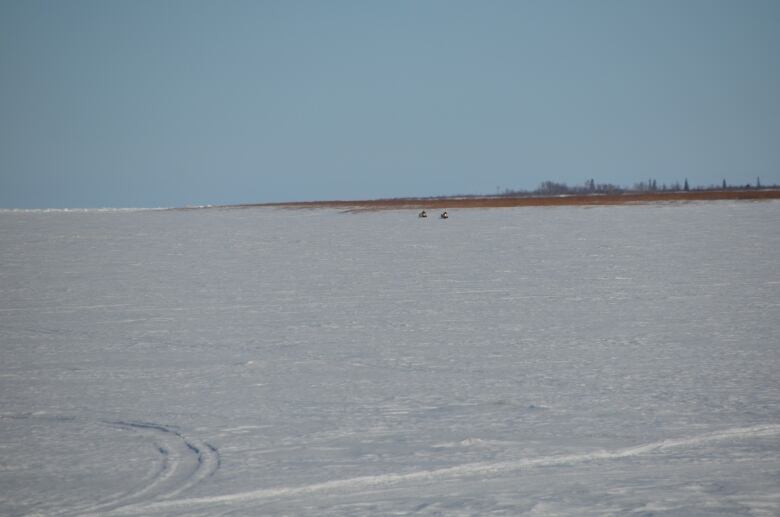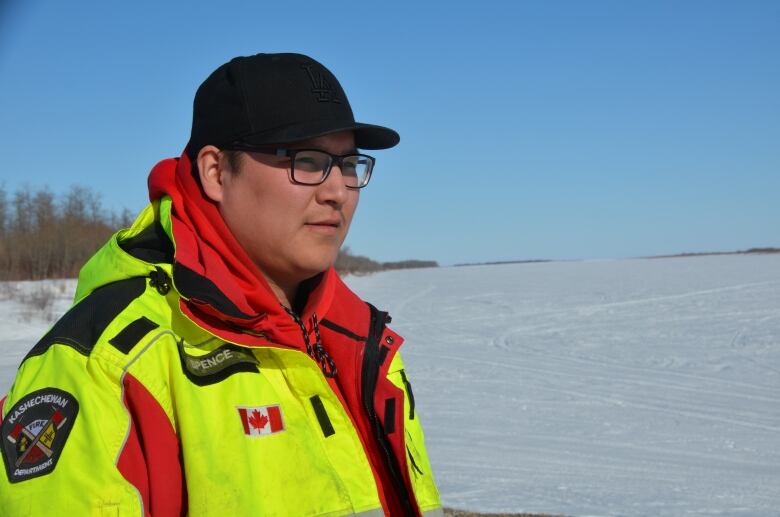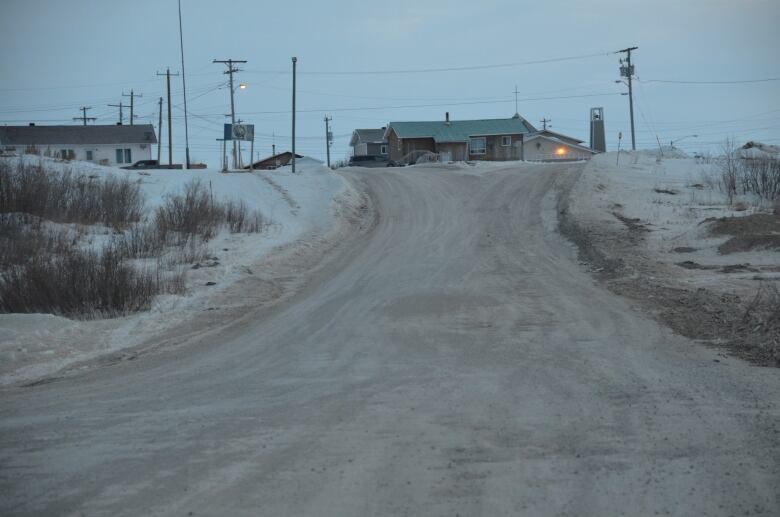Kashechewan, Fort Albany brace for bad flooding year
'Excting and scary at the same time' says Kashechewan's 22-year-old fire chief

Kashechewan First Nation will begin a scheduled evacuation Thursday, but there are currently no flood waters threatening the James Bay community of 1,700.
Elders and children are flown out every spring as a precaution and that's expected to start in the next few days.
KashechewanFire Chief Brandon Spence says both Cree elders and government scientists are telling him deep snow and thick ice up streamcould be a bad year for flooding.
"It was a cold winter and we had a lot of snow and if it warms up for a week this spring, that's when we're going to have a lot of water flowing down from the south," says the 22-year-old.
"Exciting and scary at the same time I would say."

Spence grew up with the annual airlifts to the south and remembers looking forward to going shopping and go-karting in Timmins and Geraldton.
He also grew up admiring the emergency officials in Kashechewan and told his father one day when they were standing on top of the community's leaky dike that he would be fire chief one day.
This is Spence's second year leading the fire brigade of two dozen volunteers, most of whom are in their early 20s.
They get regular fire calls (including a vehicle fire during theflood evacuation last year) but coordinating how to get 1,700 people onto planes is the biggest part of his job.
"I want to see one day while I'm the fire chief, I don't have to do an evacuation this spring, I'm going to out and hunt and enjoy my time," says Spence, referring to the annual goose hunt that usually coincides with break-up and the annualevacuation.
The flood preparations for Kashechewan also include shovelling out the ditchesso that water from melting snow does pool in the "bowl" created by the community's dike, as well as the grading of the First Nation's dirt roads so it'll be a smoother ride for evacuees riding buses to the airport.

There has long been talk of moving Kashechewan to higher ground on the Albany River.
The provincial and federal governments signed a framework agreement last year committing to making the community "sustainable" that could include the multi-million-dollar relocation.
Cree leaders argue that even if the pricetag is over half a billion dollars,the federal government will save in the long run since the annual cost of evacuating people and housing and feeding them in towns such as Kapuskasingruns between $15 and $20 million.
The previous federal Liberal government did agree to move Kashechewanin 2006 for $500 million, but that plan was scrapped by the incoming Conservative government, which instead promised to spend$200 million on infrastructure in the existing community.

Across the river from Kashechewan is the neighbouring community of Fort Albany, which also has its own system of monitoring ice and snow conditions.
Because it is further down stream and at a higher elevation than Kashechewan, it doesn't at as much danger of flooding.
But Fort Albany flood coordinator Brent Nakoochee says people in the community do remember the bad years such as 2008 and 1985.
"A lot of people they're kind of used to it, but a lot of people still traumatized from that flood that happened back in 1985 and that's what it is, a fear that's always in the back of their mind," he says.












_(720p).jpg)


 OFFICIAL HD MUSIC VIDEO.jpg)
.jpg)



























































































